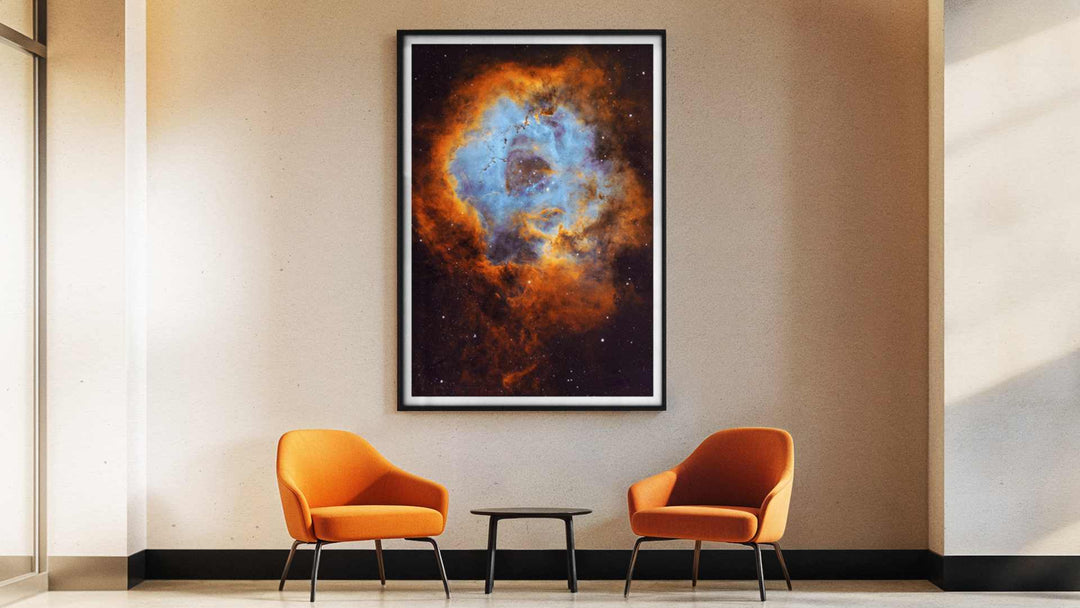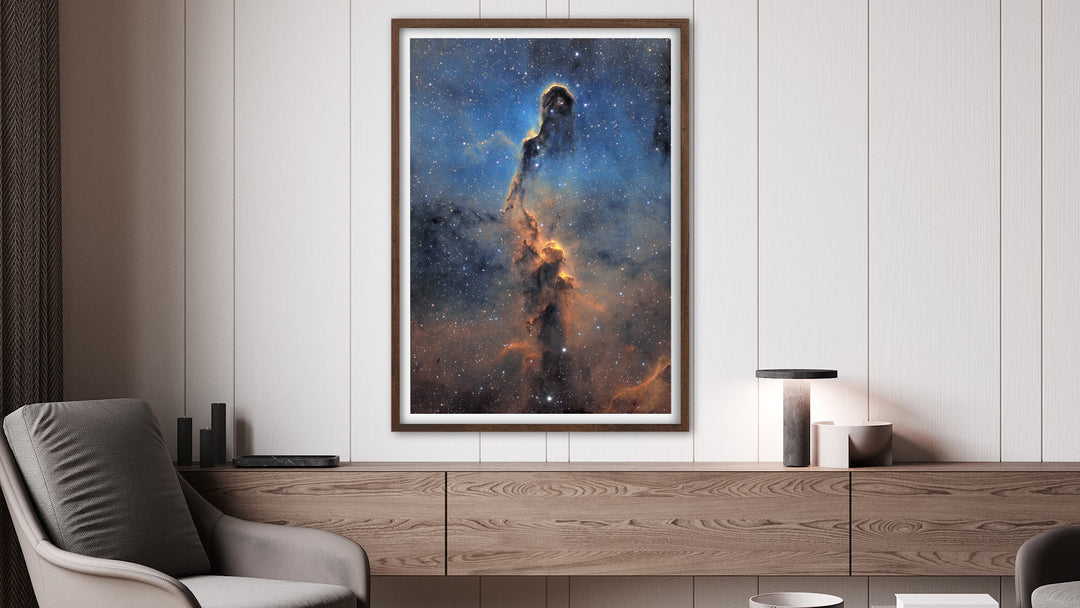Łukasz Remkowicz: The Anteater Nebula in Corona Australis - The Universe Has a Sense of Humor
Somewhere, 500 light-years from Earth, cosmic dust and starlight conspired to create... an anteater.
Not kind of. Not if you squint. Actually, undeniably, perfectly an anteater—complete with snout, head, even that distinctive profile any wildlife documentary would recognize.
Polish astrophotographer Łukasz Remkowicz captured this cosmic creature from Namibia, where dark skies meet darker dust clouds and the southern Milky Way stretches overhead like a cathedral.
What he found was NGC 6726/6727/6729—blue reflection nebulae glowing with the light of newborn stars, surrounded by inky molecular clouds that just happen to shape themselves into one of nature's strangest animals.
The image earned AstroBin Top Pick recognition. Not just for technical excellence—though 5.4 hours of exposure certainly helps—but because sometimes the universe creates something so perfectly, absurdly beautiful that you just have to share it.\
When Pareidolia Meets Physics
We're hardwired to see patterns. Faces in clouds. Animals in constellations. It's called pareidolia, and usually it's just our brains playing tricks.
But the Anteater? This one earned its nickname honestly.
Those blue nebulae forming the head—NGC 6726 and NGC 6727—are reflection nebulae where starlight from young T Tauri stars scatters off microscopic dust grains. Blue light scatters more efficiently than red (same physics that makes Earth's sky blue), so these stellar nurseries glow with that characteristic cerulean hue.
NGC 6729, the variable reflection nebula near the "snout," changes brightness over months as its embedded star R Coronae Australis fluctuates. The star is an irregular variable—a protostar still gathering mass, still figuring out how to be a star—and its brightness swings affect the entire nebula.
The dark dust forming the anteater's body? That's not empty space. That's the Corona Australis Molecular Cloud—one of the closest star-forming regions to Earth at just 420-500 light-years. Cold. Dense. Filled with the raw material for future solar systems.
And that bright cluster to the side of the anteater's head? NGC 6723—a globular cluster containing hundreds of thousands of ancient stars, 30,000 light-years away. It's not part of the Corona Australis complex at all. It just happens to sit in the same line of sight, creating this perfect visual contrast between youth (the nebulae, the protostars) and age (the globular cluster).

The Southern Sky's Hidden Gem
Here's the thing most people don't know: Corona Australis—the Southern Crown—contains one of the most active stellar nurseries in our cosmic neighborhood.
It's close. It's visible with backyard telescopes. And it's spectacular.
But it's also invisible from most of the Northern Hemisphere. You need to be below 40°N latitude to see it properly, and even then it hugs the southern horizon. From Europe? Forget it. From most of the United States? Good luck. From Australia, South Africa, South America? Now you're talking.
Remkowicz traveled to Hakos, Namibia, specifically for access to this southern treasure. At 1,800 meters elevation on the edge of the Namib Desert, Hakos offers what northern observers can only dream of: Bortle 1-2 darkness, bone-dry air, the southern Milky Way arcing overhead in full glory.
Image details:
- Location: Hakos, Namibia
- Mount: ZWO AM3
- Telescope: Askar FRA400
- Camera: ZWO ASI2600MC Pro
- Filter: ZWO IR-cut
- Exposure: 107 × 180 s
Awards:
AstroBin — Top Pick
The Astrography Promise: Curated for the Curious
In a universe of infinite images, how do you find the one that speaks to you? That's our mission. At Astrography, we are passionate curators of the cosmos. We search through countless captures to find the rare gems—award-winning images like this one that possess not only scientific value but also immense artistic merit and a captivating story. We did the traveling, the searching, and the selecting, so you can simply own a piece of wonder.
Who This Print Is For
-
Space enthusiasts who want something different: Tired of the same Pillars of Creation or Horsehead Nebula everyone else has? The Anteater is a conversation piece. It's AstroBin Top Pick quality. It's a southern hemisphere exclusive most people will never photograph. And yes, it actually looks like an anteater.
-
People who appreciate cosmic humor: The universe created an accidental anteater 500 light-years away. That's objectively hilarious. This print works for anyone who loves that intersection of science and serendipity—where real physics creates shapes our pattern-seeking brains can't help but recognize.
-
Art collectors seeking unique pieces: Those electric blues against velvety blacks. The contrast between young reflection nebulae and an ancient globular cluster. The technical excellence of 5.4-hour integration from Namibian dark skies. This isn't mass-market space photography—it's award-winning imaging of an under-photographed target.
-
Interior designers working with modern spaces: The color palette works. Deep blues, blacks, warm stellar oranges—it's sophisticated without being overwhelming. The composition has natural flow from the anteater's snout through its body. It anchors contemporary interiors, home offices, bedrooms, anywhere you want visual interest that sparks joy.
-
Gift seekers who want to surprise: Know someone who loves space? Wildlife? Both? This is the gift that makes them stop and stare, then laugh, then immediately ask where you got it. It's memorable. It's meaningful. And it's genuinely one-of-a-kind.
An Heirloom-Quality Window to the Stars
We believe that art this extraordinary deserves to endure.
-
Fine Art Print (200+ year lifespan): Museum-grade archival paper with pigments engineered to outlast generations. This is investment-quality printing—the kind galleries use, the kind collectors demand. Your descendants will inherit this anteater exactly as Remkowicz captured it.
-
Poster Print: Same gorgeous blues, same inky blacks, accessible pricing. Perfect for first-time space art buyers, students, anyone furnishing their first apartment with something more interesting than mass-market posters.
Both formats ship ready to frame. We handle the technical wizardry—color calibration, contrast optimization, making sure those blue nebulae pop against that black dust. You just choose your size and where it hangs.
The Conversation Starter You Didn't Know You Needed
Here's what happens when you hang this:
"Is that... an anteater?"
"Yes. Made of cosmic dust and newborn stars."
"That's actually IN SPACE?"
"500 light-years away. Those blue clouds are where baby stars are being born."
"I need to stare at this for a while."
Every. Single. Time.
Most art sits quietly on walls. The Anteater engages.
It makes people laugh, then makes them think, then makes them see space differently. Not just vast and empty—but weird. Beautiful. Occasionally hilarious.
And somehow perfectly shaped like an anteater.
Add to cart now. Choose your size—compact enough for a cozy corner, large enough to dominate a feature wall. Pick Fine Art for heirloom quality or Poster for smart-money style.
Łukasz Remkowicz traveled to Namibia and spent 5.4 hours capturing this cosmic creature. We'll make absolutely sure your print does justice to both the anteater and the dedication.
Because space should inspire wonder. But sometimes? Sometimes it should just make you smile.

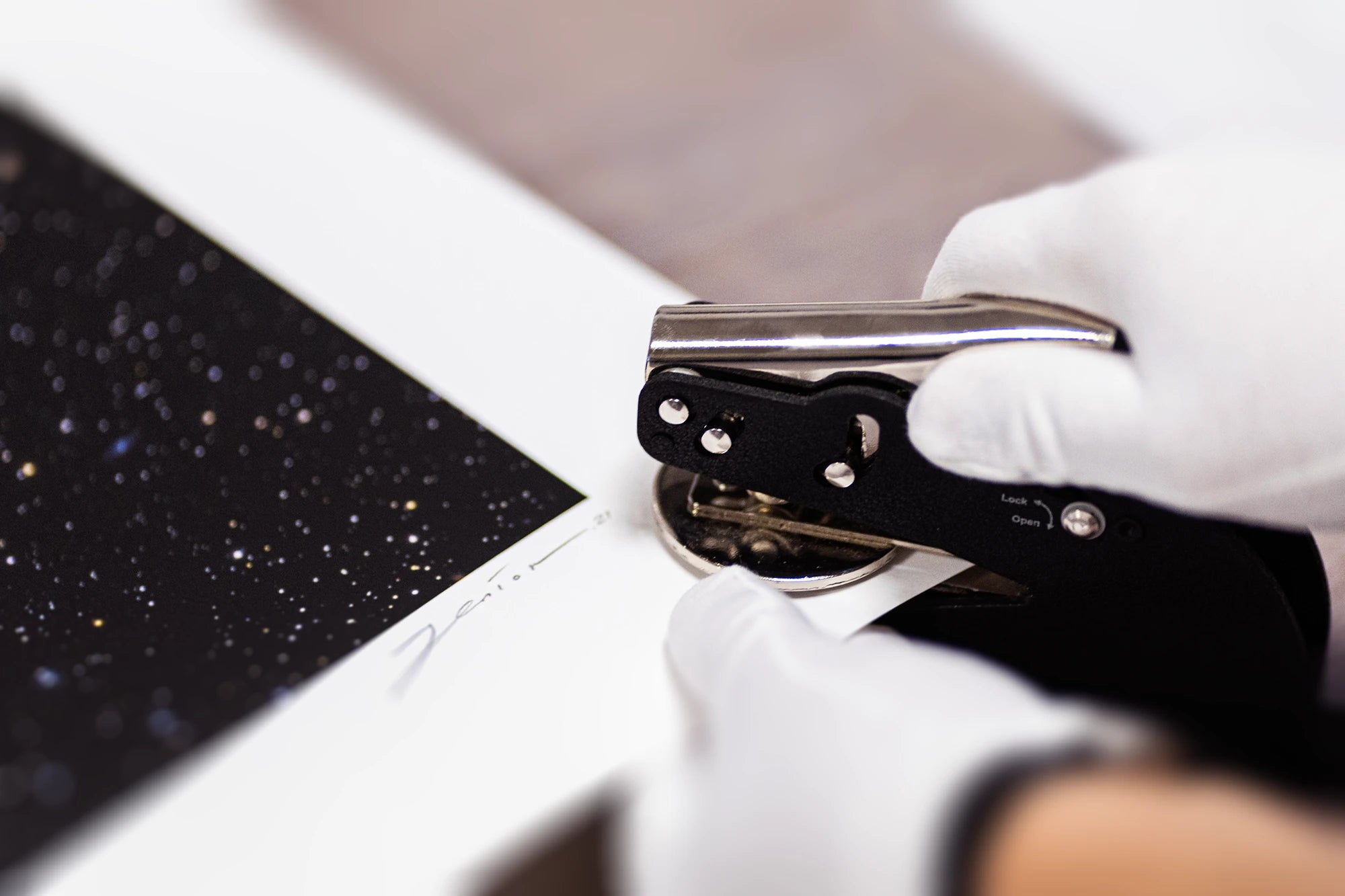
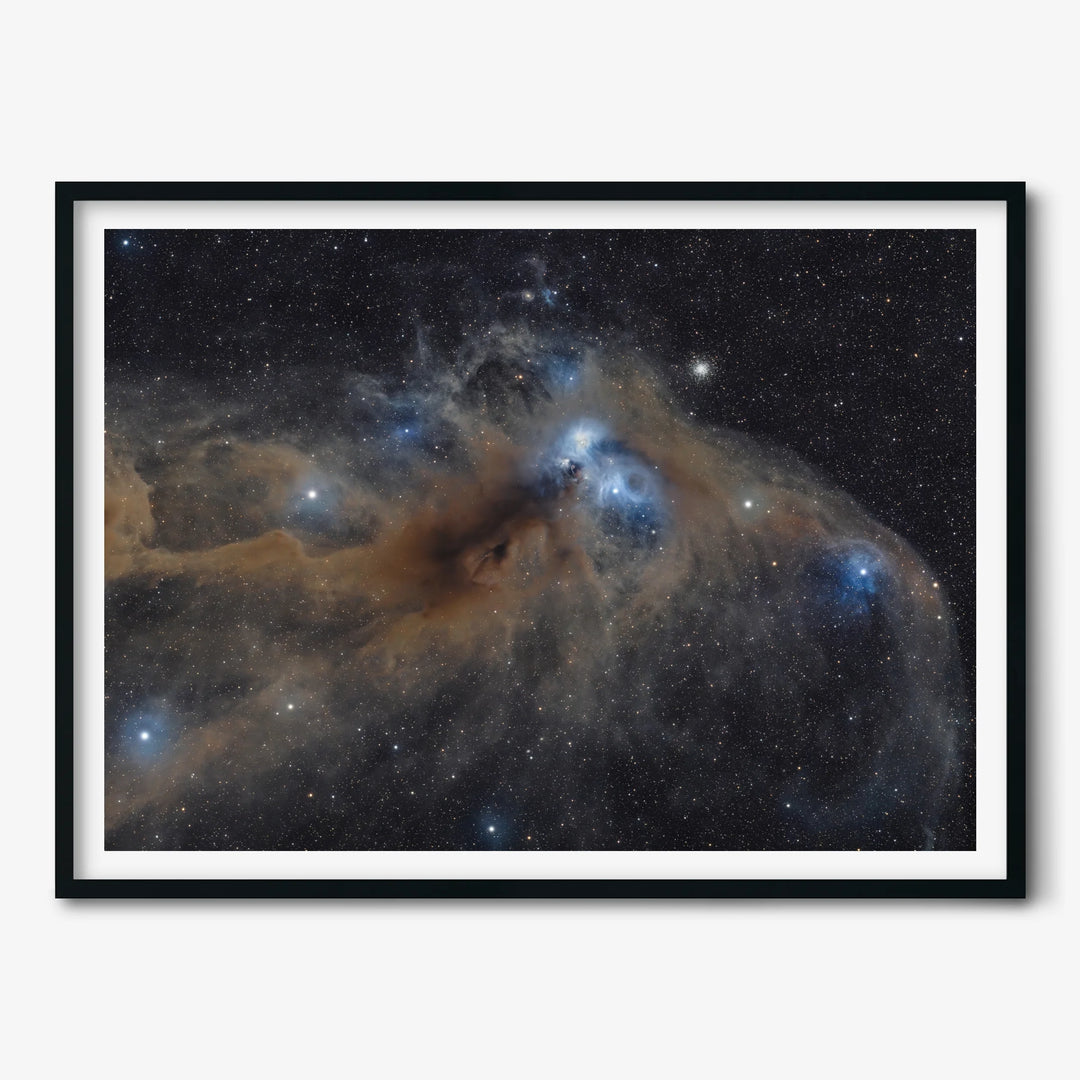
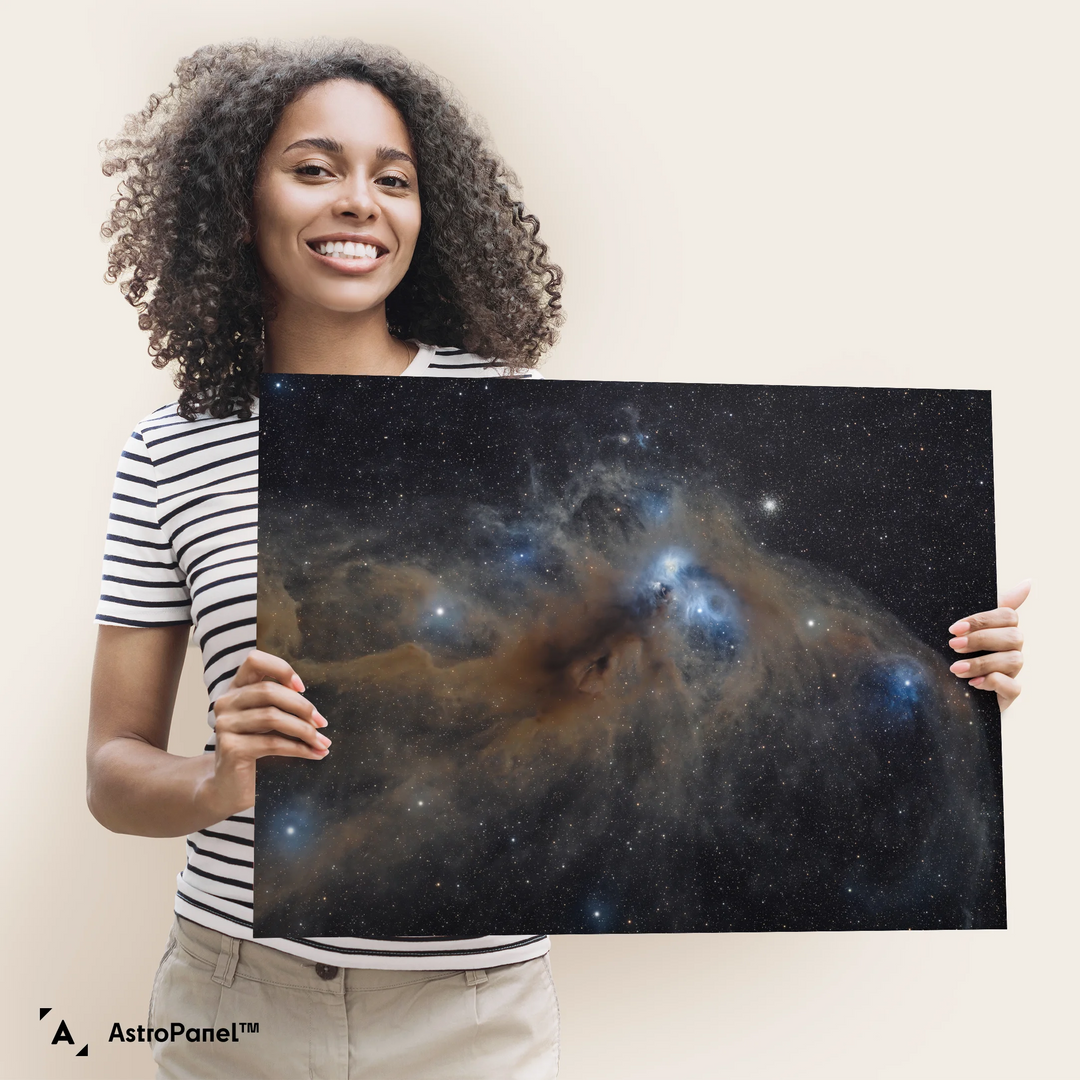
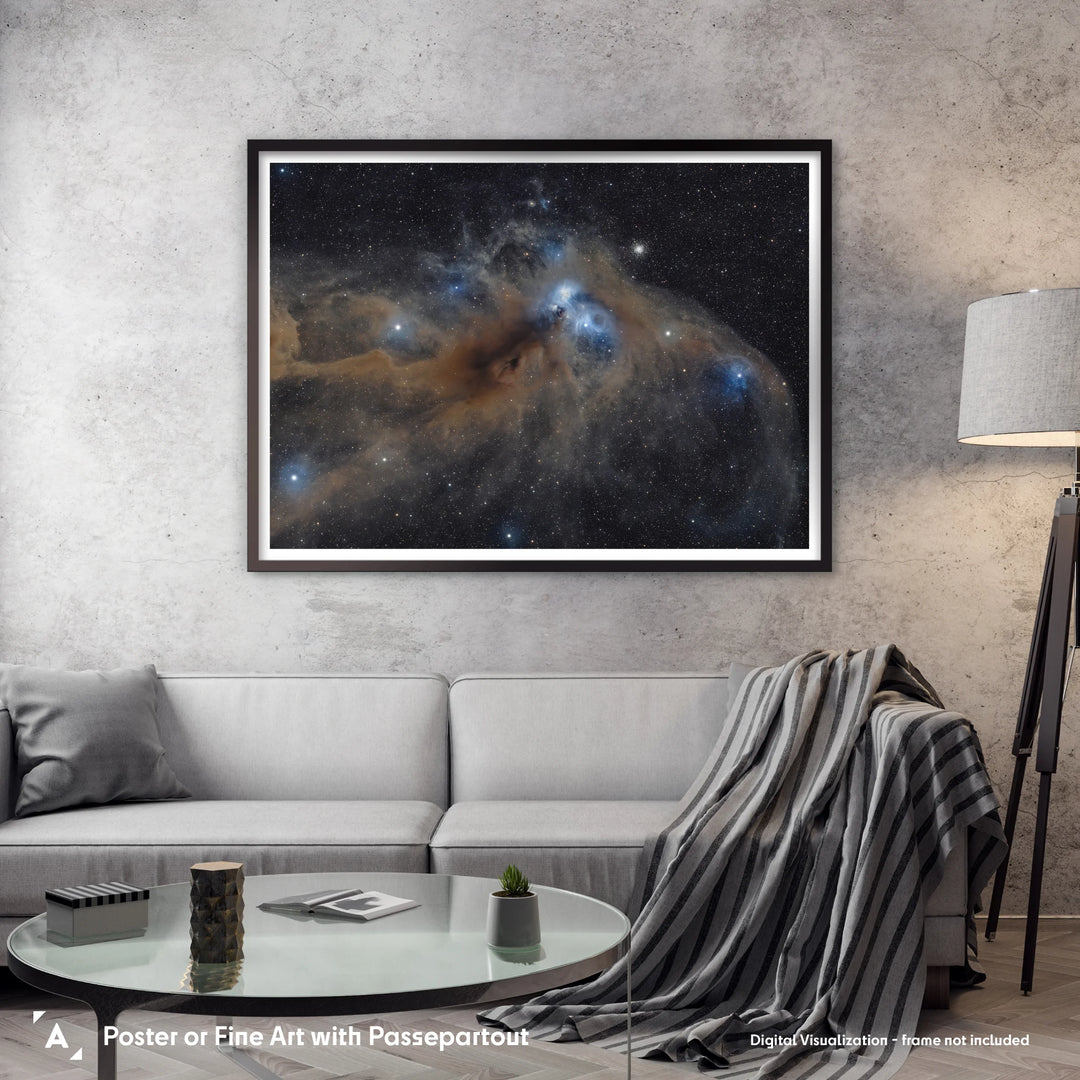
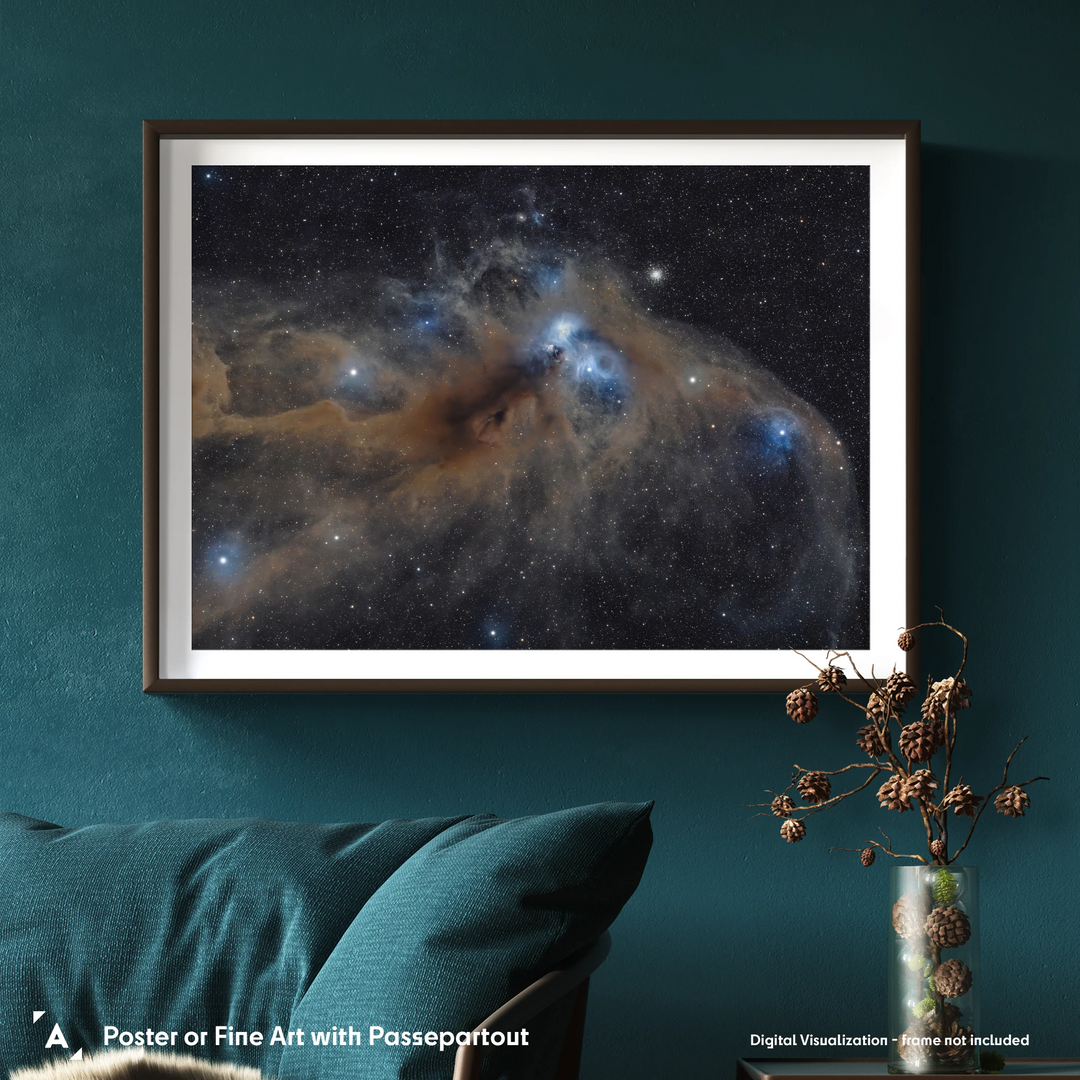
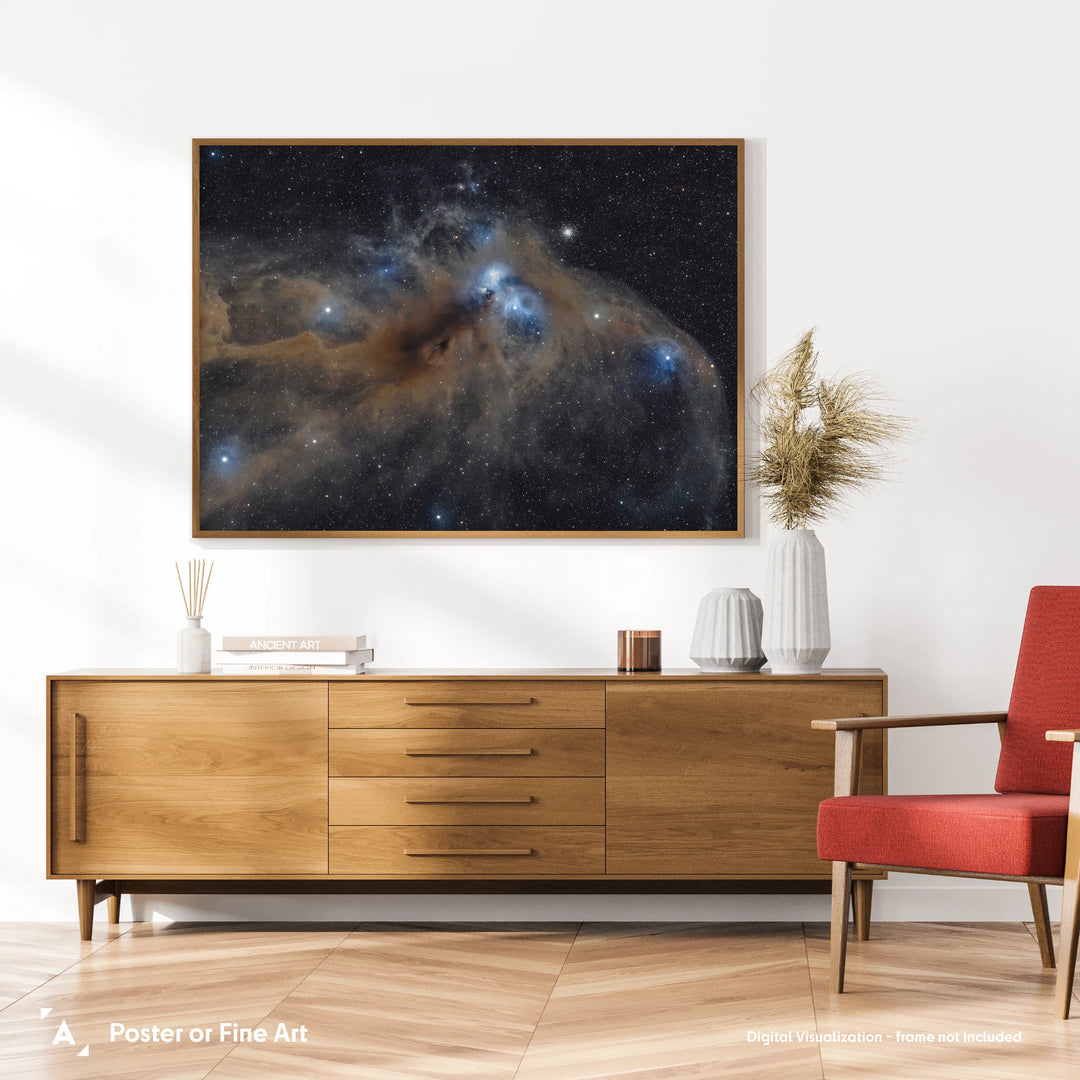
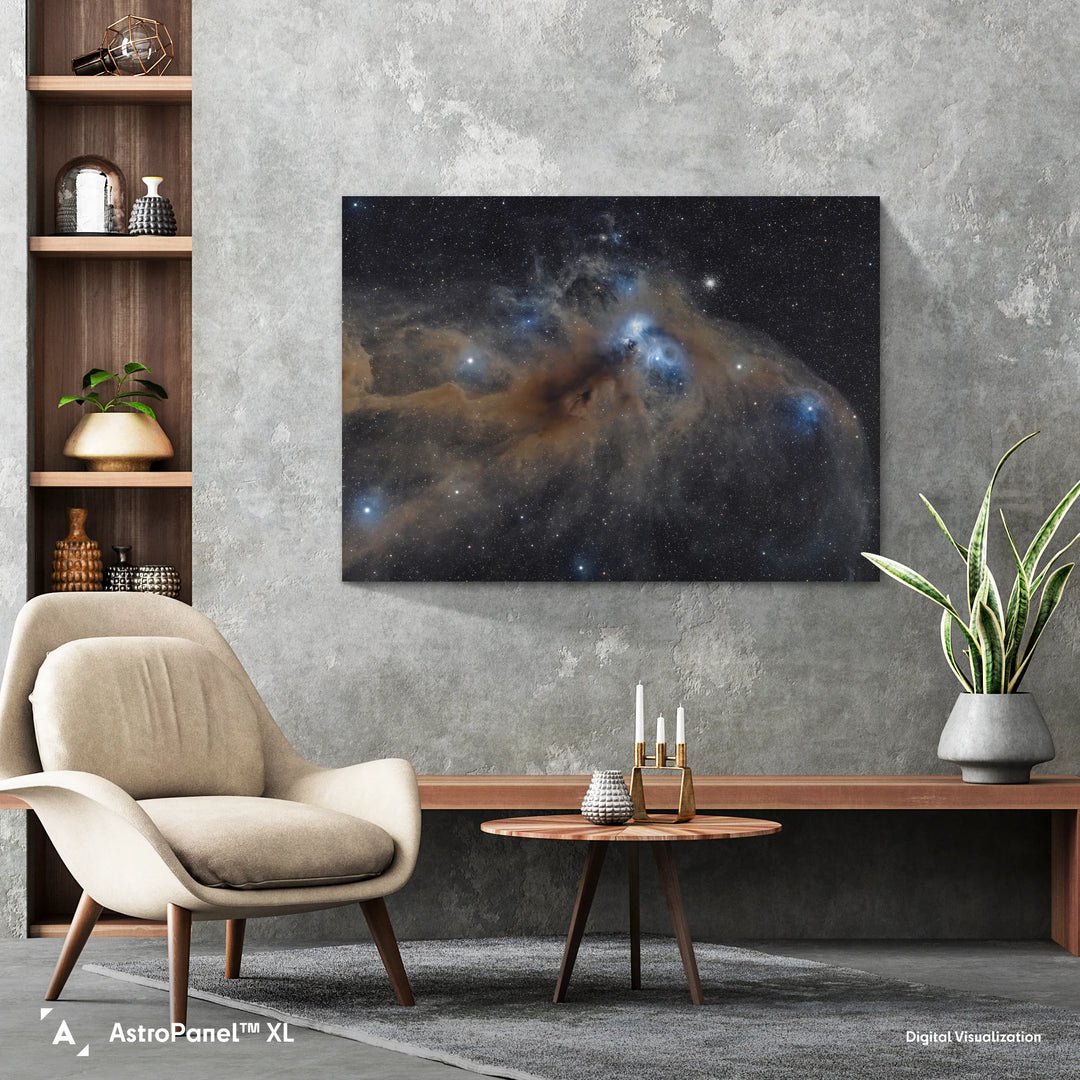
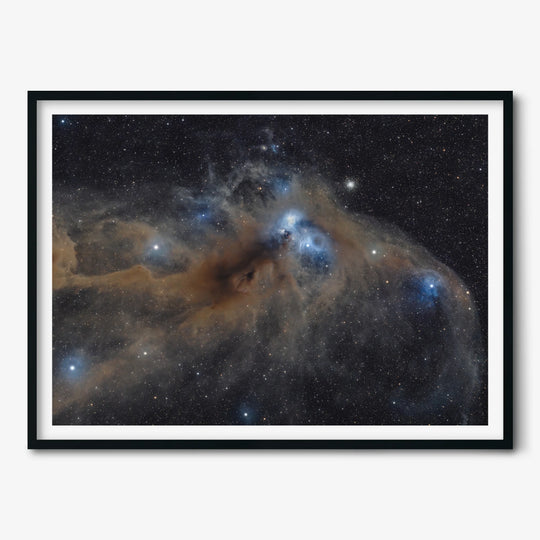
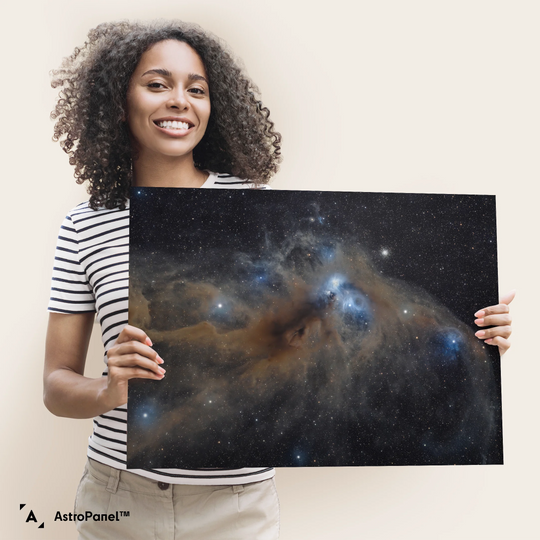
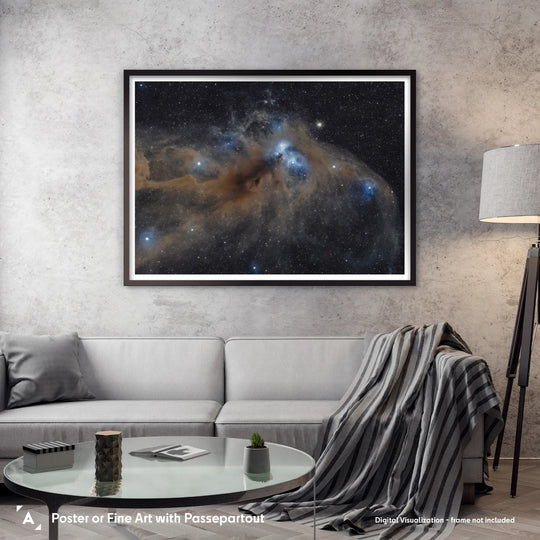
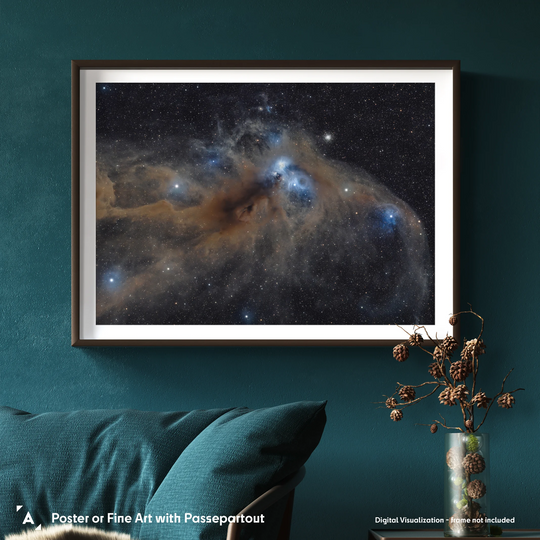
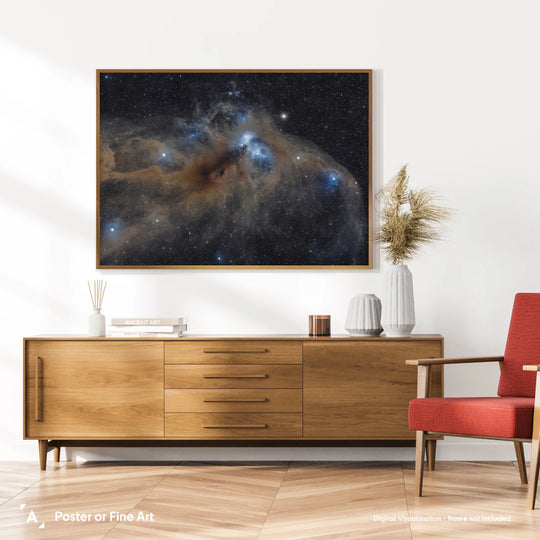
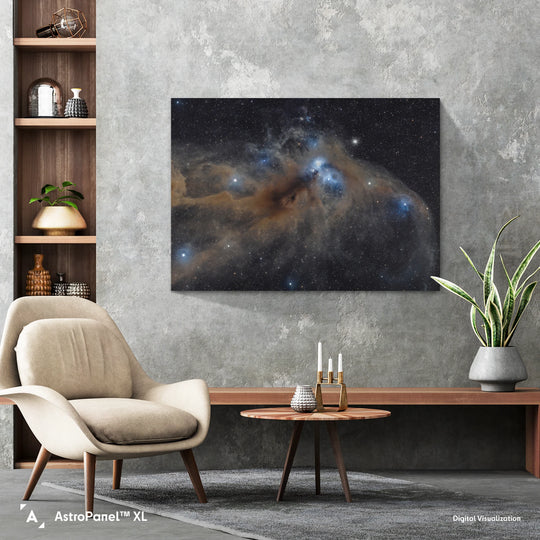


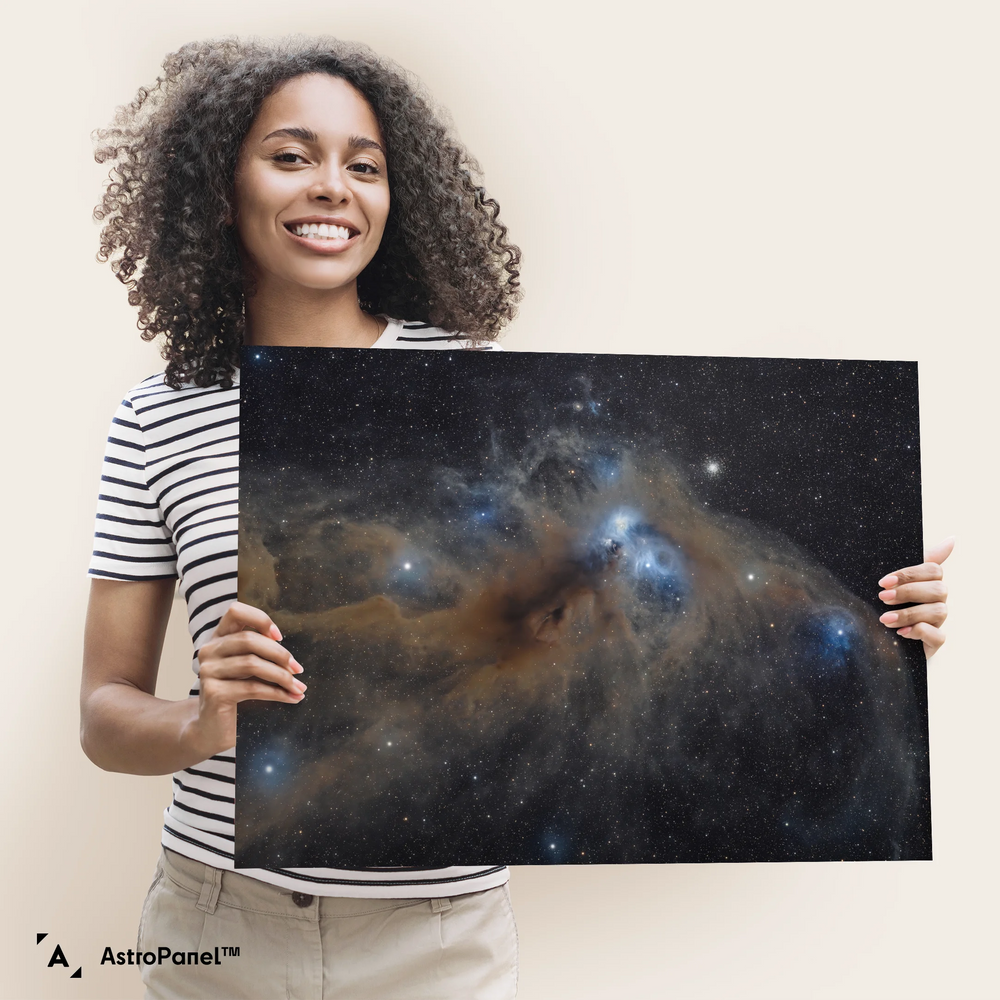
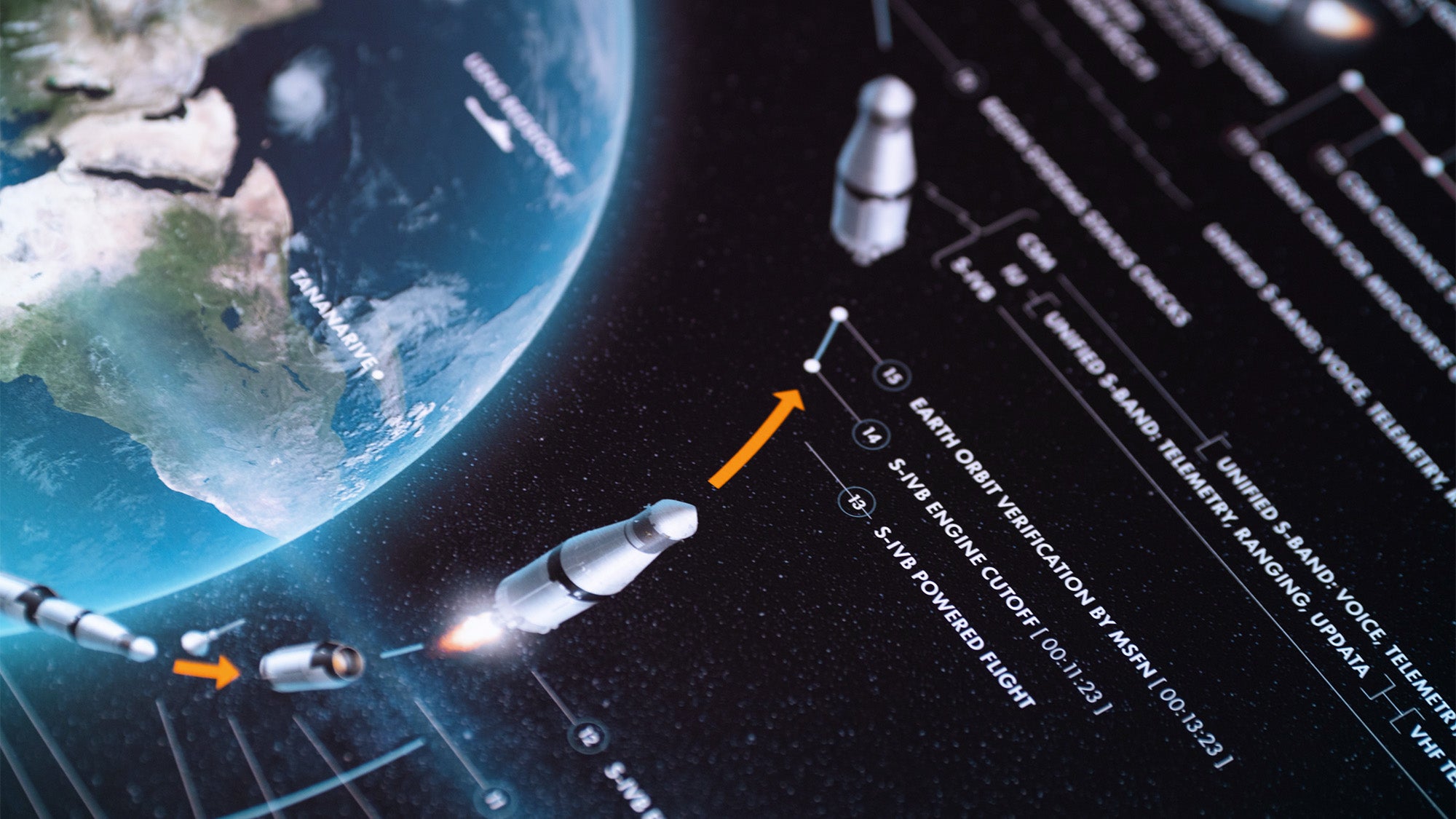
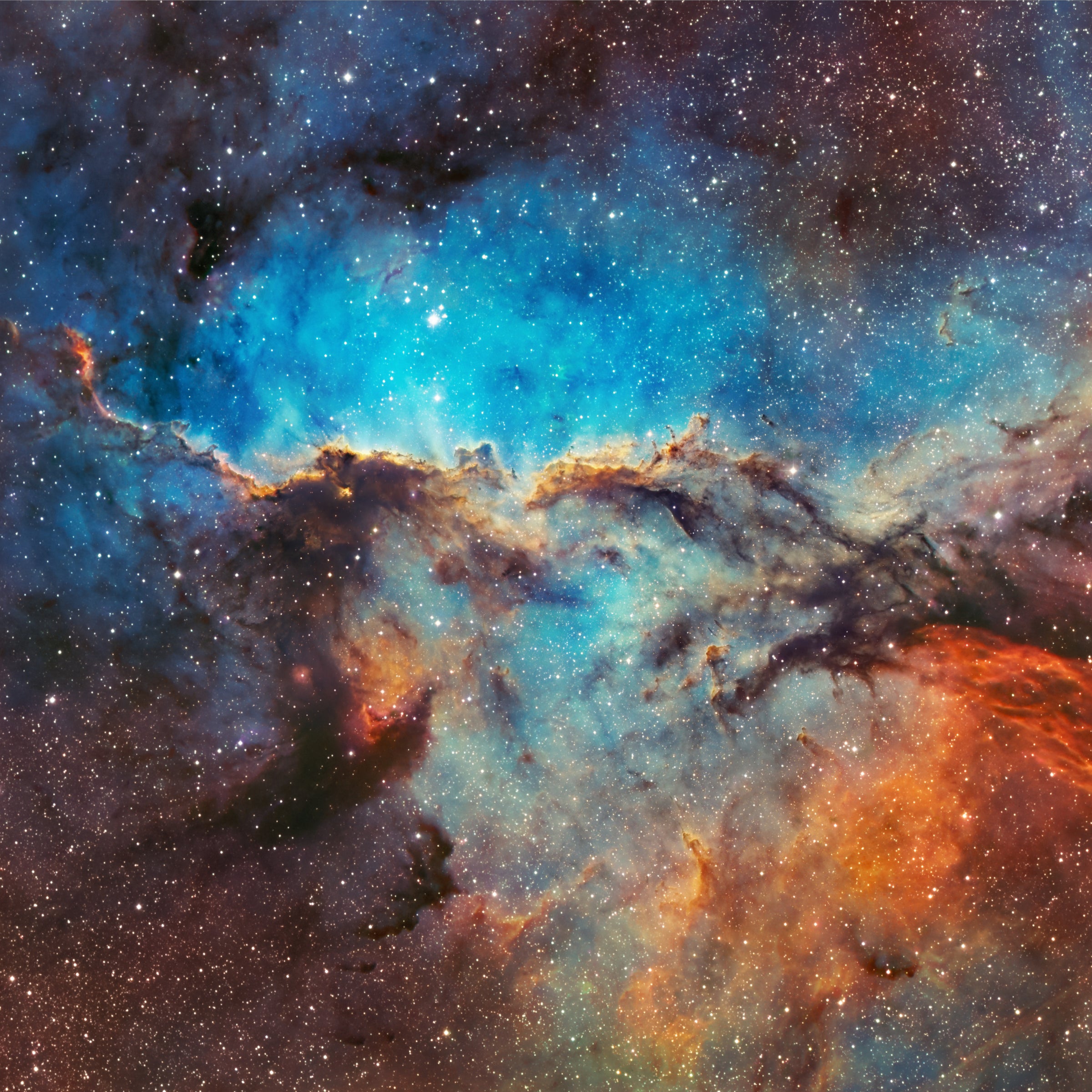
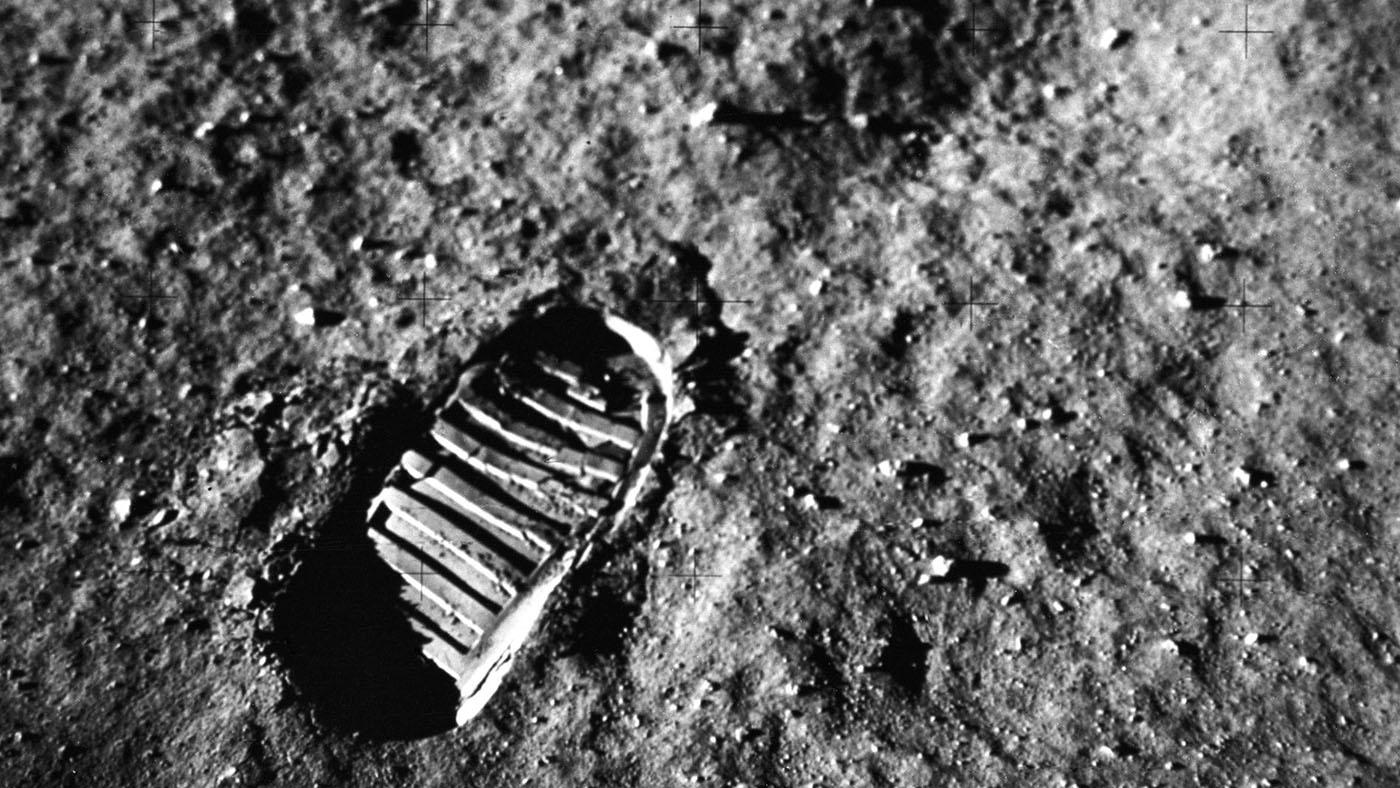
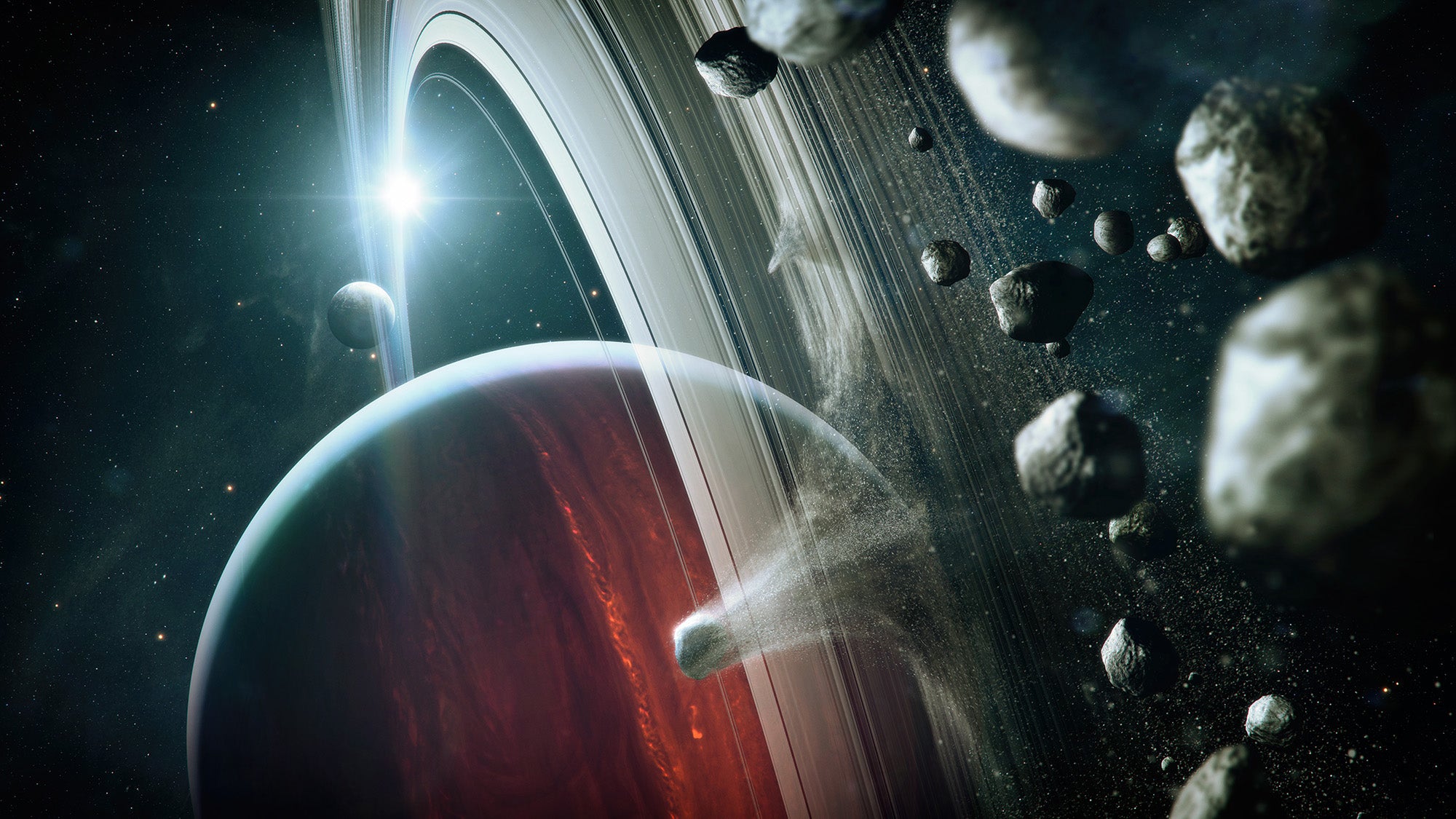
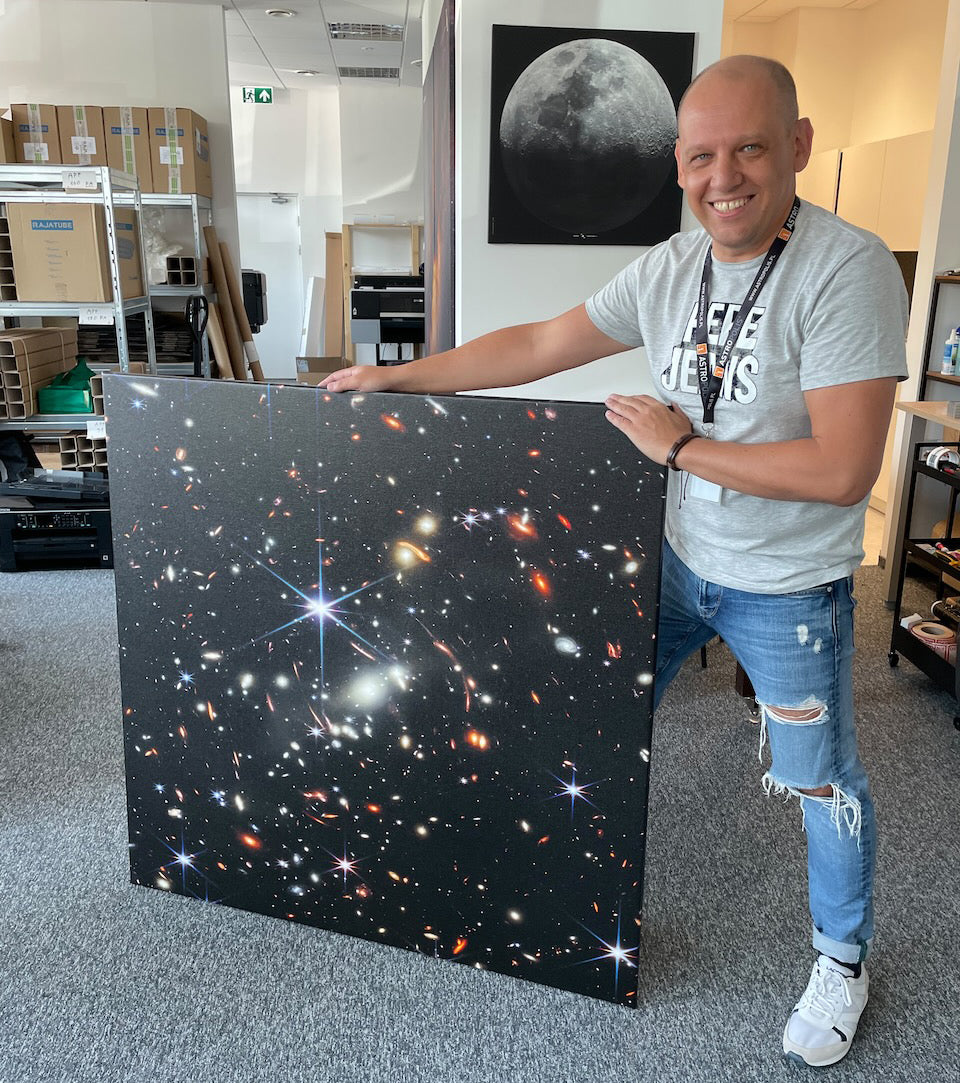
![4 Incredible Space Posters and Wall Art for Man’s Cave [Inspirations]](http://astrography.com/cdn/shop/articles/mans-cave-2-16x9-1_83814d94-574a-4782-a3a0-cf4e59620b81.webp?v=1763116144&width=1080)
